A socialist-era modernist building in Belgrade that is to be demolished to make way for a hotel; a Byzantine castle in Greece where the Ministry of Culture plans to build a cable car; a medieval monastery in Armenia that is threatened by climate change; three historic railway bridges in the Netherlands that, after being converted into pedestrian and cycle paths, are now to be replaced by concrete and become a motorway for electric bicycles.
These are just some of the fourteen most endangered sites in Europe for 2025 in the shortlist announced by Europa Nostra and the EIB (European Investment Bank) Institute. From this shortlist, the seven most endangered sites in Europe for 2025 will be selected in March/April and included in the programme of the same name. The programme, which is part of a civil society campaign to save Europe's endangered heritage, aims to raise awareness, provide independent assessments and propose recommendations for action. It also provides a grant of €10,000 per listed site to support the implementation of an agreed action that will help save the threatened site.
The fourteen European monuments and heritage sites shortlisted for this year's edition of the "7 Most Endangered" programme are:
- Arakelots Monastery and Settlement, ARMENIA
- Railway Station of Mixnitz-Bärenschützklamm, AUSTRIA
- Iron Castle of Ath, BELGIUM
- Nyborg Castle, DENMARK
- Castle of Monemvasia, GREECE
- Blower Hall, Esch-sur-Alzette, LUXEMBOURG
- Railway Bridges and Embankment Baardwijkse Overlaat, THE NETHERLANDS
- National Theatre, Oslo, NORWAY
- Great Synagogue in Orla, POLAND
- Church and Convent of Paulistas in Lisbon, PORTUGAL
- Generalštab Modernist Complex in Belgrade, SERBIA
- Church of Santo Estevo de Pousada, SPAIN
- Valhalla Swimming Hall, Gothenburg, SWEDEN
- Victoria Tower Gardens, London, UNITED KINGDOM
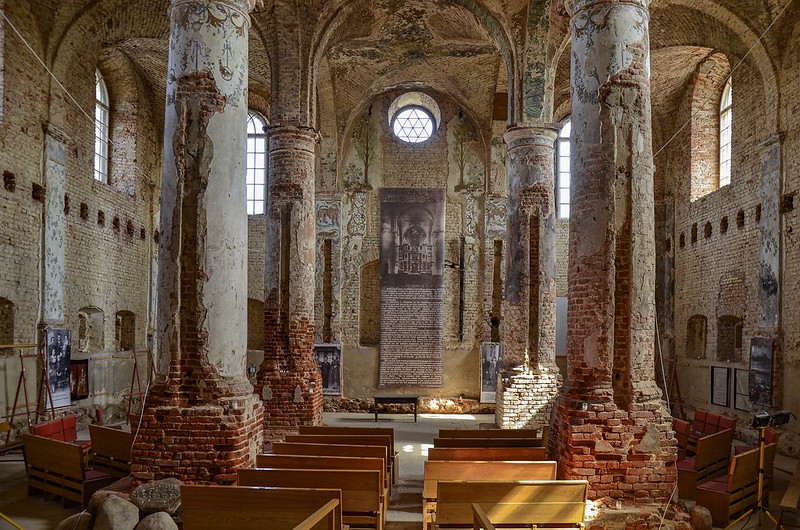
The endangered heritage sites, from fourteen European countries, were shortlisted by an advisory panel of European experts in history, archaeology, architecture, project analysis and finance. The nominations were made or supported by members of Europa Nostra and members of the European Heritage Alliance.
The shortlisted sites were selected on the basis of their heritage significance and cultural value, as well as the serious threat they face today. The level of involvement of local communities and the commitment of public and private stakeholders to saving these sites was considered a key added value. Another selection criterion was the potential of each site to act as a catalyst for sustainable socio-economic development.
According to the Executive President of Europa Nostra, Prof. Dr. Hermann Parzinger “the shortlisted heritage sites are threatened by demolition, unsuitable development, lack of funding, or neglect”. The Head and Director of the European Investment Bank Institute, Shiva Dustdar, stated that “we look forward to seeing these sites restored and protected for future generations”.
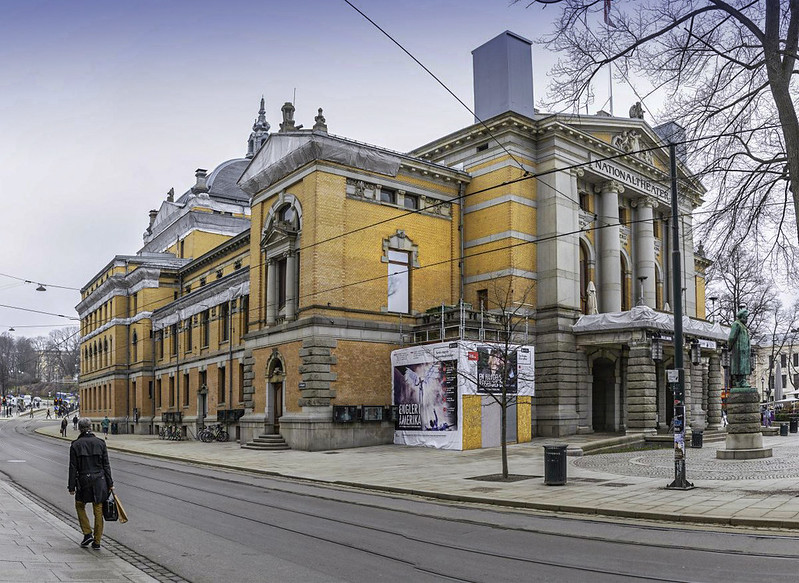
Arakelots Monastery and Settlement, ARMENIA
Hidden within the forests of the Tavush region in northern Armenia, the Arakelots Monastery and Settlement is a gem of medieval heritage that has been abandoned since the 17th century. Encroaching vegetation, structural decay, and climate-related hazards jeopardise its preservation.
Railway Station of Mixnitz-Bärenschützklamm, AUSTRIA
Located in the heart of Styria in southern Austria, the Mixnitz-Bärenschützklamm Railway Station is a testament to 19th-century innovation in railway engineering. The station’s building has great architectural and cultural value. The station is planned to be demolished and replaced by new waiting sheds for purely technical and economic reasons.
Iron Castle of Ath, BELGIUM
Built in 1887 in the city of Ath, the Iron Castle (Château de Fer) is partially constructed of pressed sheet metal using an innovative system for prefabricated modular construction, developed by the Belgian engineer Joseph Danly. The Iron Castle of Ath is no longer in use and shows signs of significant deterioration.
Nyborg Castle, DENMARK
Founded in the 12th century and modified with Renaissance features during the 16th century, the Nyborg Castle is among Denmark’s best-preserved royal castles from the Middle Ages. Despite its exceptional historical and cultural value and legal protections, the Nyborg Castle is threatened by an invasive construction project. The development aims to build a new information centre, covering over 2,000m², in the listed archaeological courtyard of the castle and directly on the medieval base and underlying cultural remains of its North side, as well as a smaller structure on its South side.
Castle of Monemvasia, GREECE
The Castle of Monemvasia is perched on a massive limestone rock with steep cliffs, projecting from the south-eastern coast of the Peloponnese. The rock is connected to the mainland by an isthmus and a bridge. The main threat for Monemvasia lies in a plan for a cable car promoted by the Ministry of Culture and the local municipality. The cable car project clearly risks diminishing the environmental and cultural value of the overall site, depreciating the experience of visitors, and threatening the visual integrity of the landscape.
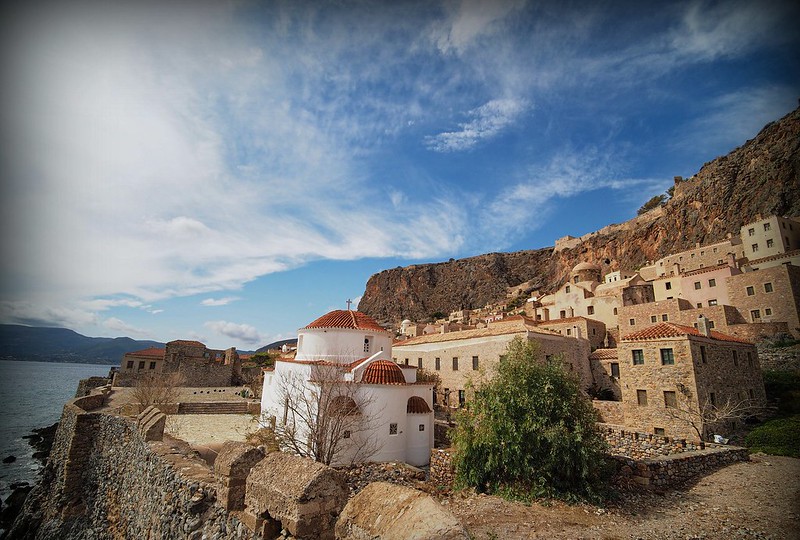
Blower Hall, Esch-sur-Alzette, LUXEMBOURG
Built in 1910, the Blower Hall (Gebléishal or Halle des Soufflantes) is an exceptional industrial heritage monument in what was a major steel production site in Luxembourg throughout most of the 20th century. Despite its heritage status, the building was closed in 2019, due to structural instability and contamination risks, and is in an advanced state of deterioration.
Railway Bridges and Embankment Baardwijkse Overlaat, THE NETHERLANDS
The three Railway Bridges are listed as Dutch National Monuments. In the 1990s, the former railway bridges and embankment were transformed into a pedestrian and a cycling route. This important industrial heritage is now threatened by a plan to modernise and widen the cycling path to accommodate increased volume and faster electric bikes. The proposed plan would not only damage 37 historic brick piers by using them as a foundation for the modern concrete bridge, but would also destroy 532 trees and 785 metres of shrubs on and along the embankment.
National Theatre, Oslo, NORWAY
Located in the heart of Oslo, the National Theatre was built at the end of the 1890s in Neo-Renaissance and Baroque styles. It is the most important place in the country for the performance of classic theatre, and the leading exponent of the work of Norway’s eminent dramatist Henrik Ibsen. However, the whole building needs urgent rehabilitation and renewal, including all its technical infrastructure. Furthermore, the theatre is situated in an area with a complex geology, requiring a refoundation of the building, so far postponed by the Ministry of Culture due to the high costs involved.
Great Synagogue in Orla, POLAND
Located in Orla, a village in Bielsk county on the eastern border of Poland, the Great Synagogue was founded in the second half of the 17th century. The building is not used anymore as a synagogue, and suffers from a serious state of decay and structural deterioration.
Church and Convent of Paulistas in Lisbon, PORTUGAL
Located in the historic centre of Lisbon, the 17th-century Church and Convent of Paulistas is an impressive example of Baroque religious architecture and urban planning. The roof of the church is in a very bad condition due to several ingresses of rainwater, with the consequent loss of portions of the stucco ceiling. The Baroque upper choir stall, the organ in gilded wood carving, and many of the in-situ paintings (mostly from the 17th and 18th centuries) are in rapid decay.
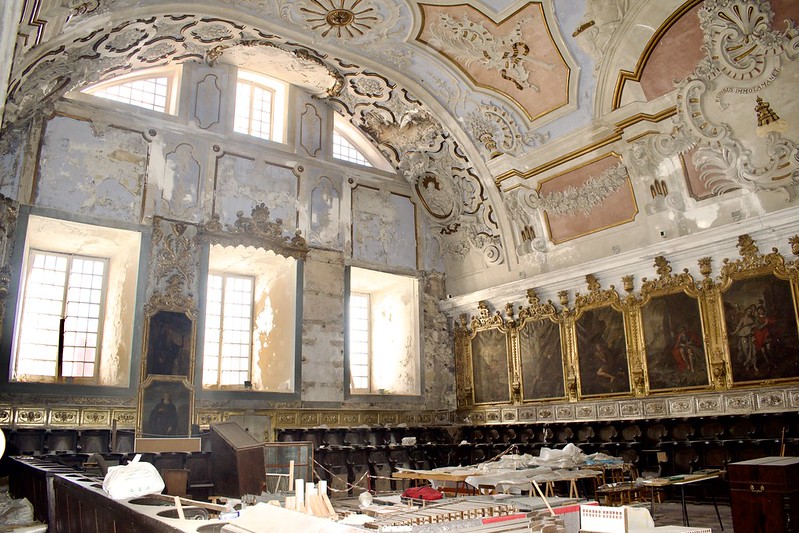
Generalštab Modernist Complex in Belgrade, SERBIA
The complex consisting of twin buildings, which served as the General Staff and Ministry of Defense, known locally as Generalštab, stands as an iconic symbol of Belgrade’s modernist architectural heritage. Recent announcements of demolition of the complex to make space for a large-scale real-estate redevelopment project by private investors have sparked public outrage. Such a redevelopment would be in breach of the legal protection of this architectural and urbanistic ensemble, which was introduced in 2005 but very recently removed by the Government of Serbia in violation of the provisions of the National Law on Cultural Heritage.
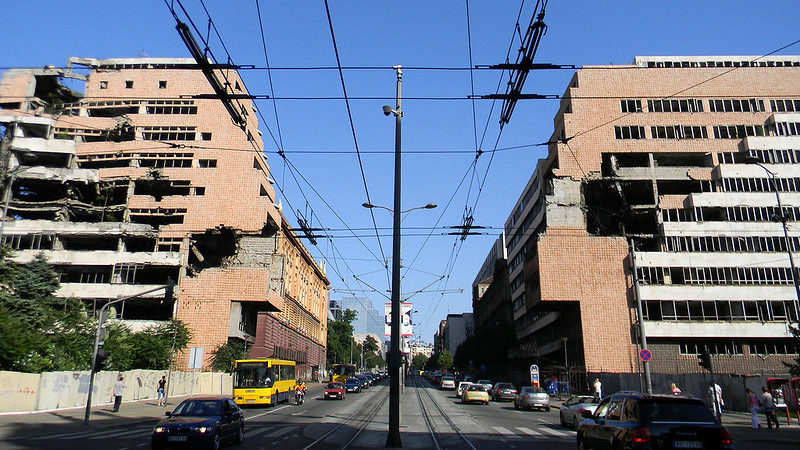
Church of San Estevo de Pousada, SPAIN
The once parochial Church of Santo Estevo de Pousada, in the Diocese of Lugo, is today a chapel. Most of the existing structure dates from the 12th to the 13th centuries. The roof is damaged, weather phenomena become increasingly impactful on the inside and notably on the frescoes; water leakages are also noted in the foundations. Invasive vegetation contributes to the rising risk of collapse, while the isolated location contributes to vandalism and theft risks.
Valhalla Swimming Hall, Gothenburg, SWEDEN
The Valhalla Swimming Hall in Gothenburg stands for both a significant expression of the 1950s' pioneering architecture and artistic decoration, and a breakthrough for a new public health responsibility. It is one of the largest indoor swimming facilities in Scandinavia, and attracts nearly half a million visitors every year. It is threatened with demolition due to the Municipality of Gothenburg’s plans to build a new, larger sports and entertainment arenas.
Victoria Tower Gardens, London, UNITED KINGDOM
Victoria Tower Gardens is a small public park partly situated within the World Heritage Site of the Palace of Westminster in London. Victoria Tower Gardens is severely threatened by the proposed construction of a national Holocaust Memorial and Learning Centre, which would dominate the whole southern half of the gardens.
Launched in 2013, this innovative programme is run by Europa Nostra in partnership with the European Investment Bank Institute. It is also supported by the European Union's Creative Europe programme. Since its launch, 63 endangered monuments and heritage sites (from castles to bridges, factories to churches) from 31 countries across Europe have been selected. In addition, in 2016, the Venice Lagoon in Italy was declared THE most endangered heritage site in Europe; and in 2022, the Board of Europa Nostra declared the rich and diverse heritage of Ukraine THE most endangered heritage site in the whole of Europe.
--
Photo credits: Europa Nostra
- Bojan Kovačević Architec
- Christos Panagiotopoulos
- Nationaltheatret
- Krzysztof Bielawski
- Courtesy of Fórum Cidadania Lx













